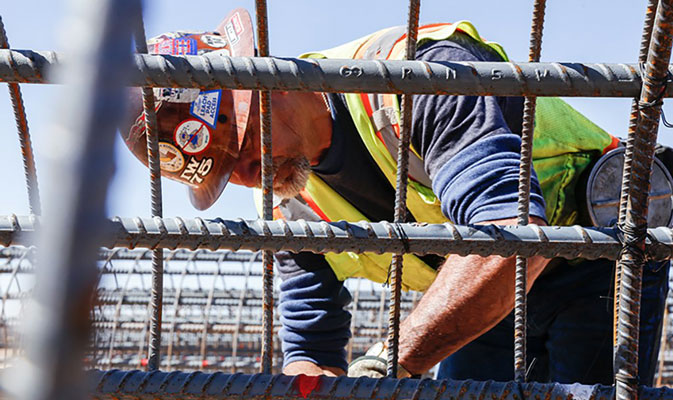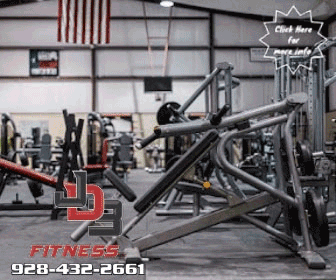File Photo By Jenna Miller/Cronkite News:
If you’re an owner, entrepreneur, or manager who oversees one or more workers, do you know how to minimize accidents and dangerous situations? Doing so is one of the requirements for operating a business, and it’s a serious issue. Fortunately, anyone can learn by studying others’ mistakes and delving into the many myths surrounding workplace safety.
Far too many owners believe that having enough accident and liability insurance solves everything. In fact, all a paid-up policy can do is reimburse for a loss or accident that has already taken place. There’s also a widespread misconception about how to implement safety guidelines for vehicle fleets. Office injuries, the risk of arson, and dozens of other topics are the subject of myths, urban legends, misinformation, and dangerous falsehoods that seemingly never die. The following are typical examples of some of the most pernicious ones.
Insurance coverage makes workplaces safer
Policies reimburse losses, and that’s it. Don’t fall into the trap of believing that if you carry a lot of insurance, you’re good to go. Insurance policies are after-the-fact affairs; they don’t do anything on the preventive side by helping avoid accidents and mishaps. While it’s necessary and wise to have coverage, be sure to take active steps to minimize the danger of workplace injuries.
Fleets can use set it and forget it systems
Safe fleets need ongoing, strategic programs. There are no shortcuts for transport companies that want to operate as safely as possible. Luckily, managers and supervisors can become fleet safety certified in order to learn about strategic techniques that leverage the power of driver coaching and onboard video connections to minimize false insurance claims, cut costs, make accidents rarer, and enhance drivers’ skills and behaviors. It’s imperative to acquire the right kind of knowledge to develop an all-around vehicle safety regimen.
Office injuries are rare
Mishaps, injuries, and serious accidents are commonplace. Office-based injuries, accidents, and mishaps are an everyday occurrence, particularly in businesses that have lots of staff employees who work a typical nine-to-five shift. People fall, slip, cut themselves, injure body parts using electronic devices, and more. For unexplained reasons, there’s a widespread view that office work is inherently safe when in fact, it is not. Managers need to be diligent about having fully stocked first-aid kits on hand and teaching selected team members how to deal with medical emergencies.
Managers should write company safety policies
You need a lawyer. It’s noble to want to write a safety policy for your organization. The problem arises in the wording of the documents, which are often at the center of liability lawsuits. Find a lawyer who has experience with workplace safety and pay to have a specific policy developed for your organization. Later, if someone sues the business for any safety-related reason, you’ll have the satisfaction of knowing that your written policy is a legally sound document.
Companies can’t control the risk of arson
There are ways to minimize intentionally set fires. It’s sometimes assumed that arson is a crime that can’t be controlled. Because of the crime’s impulsive nature, as the argument goes, people in offices can do little to prevent it. On the contrary, it’s important to have a company policy about spotting and reporting suspicious behavior in and around the premises. Sharp eyes and attentive ears can notice things like unusual loitering, people remaining in the building after their shifts are complete, unusual activity in stairwells, and objects that could be incendiary devices. Some arson fires are perpetrated by disgruntled former employees, so managers should make a note of fired or laid-off workers who show up unexpectedly.
Snow days are outmoded and wasteful
Employees should remain at home during adverse weather conditions. Whatever they’re called in your geographic region, adverse weather days are a necessary part of operating an organization. The point is to be prepared for winter weather or other adverse weather days, and remember that workers should stay home when roads are dangerous. Otherwise, owners and managers who encourage people to travel to the office could be putting people in harm’s way. Adverse conditions include things like flash floods, snow, sleet, excessive heat, lightning storms, heavy rainfall, icy streets, tornado warnings, the threat of a hurricane, and many more. Follow local weather reports to learn what the current threat level is before making a decision to alert employees.









